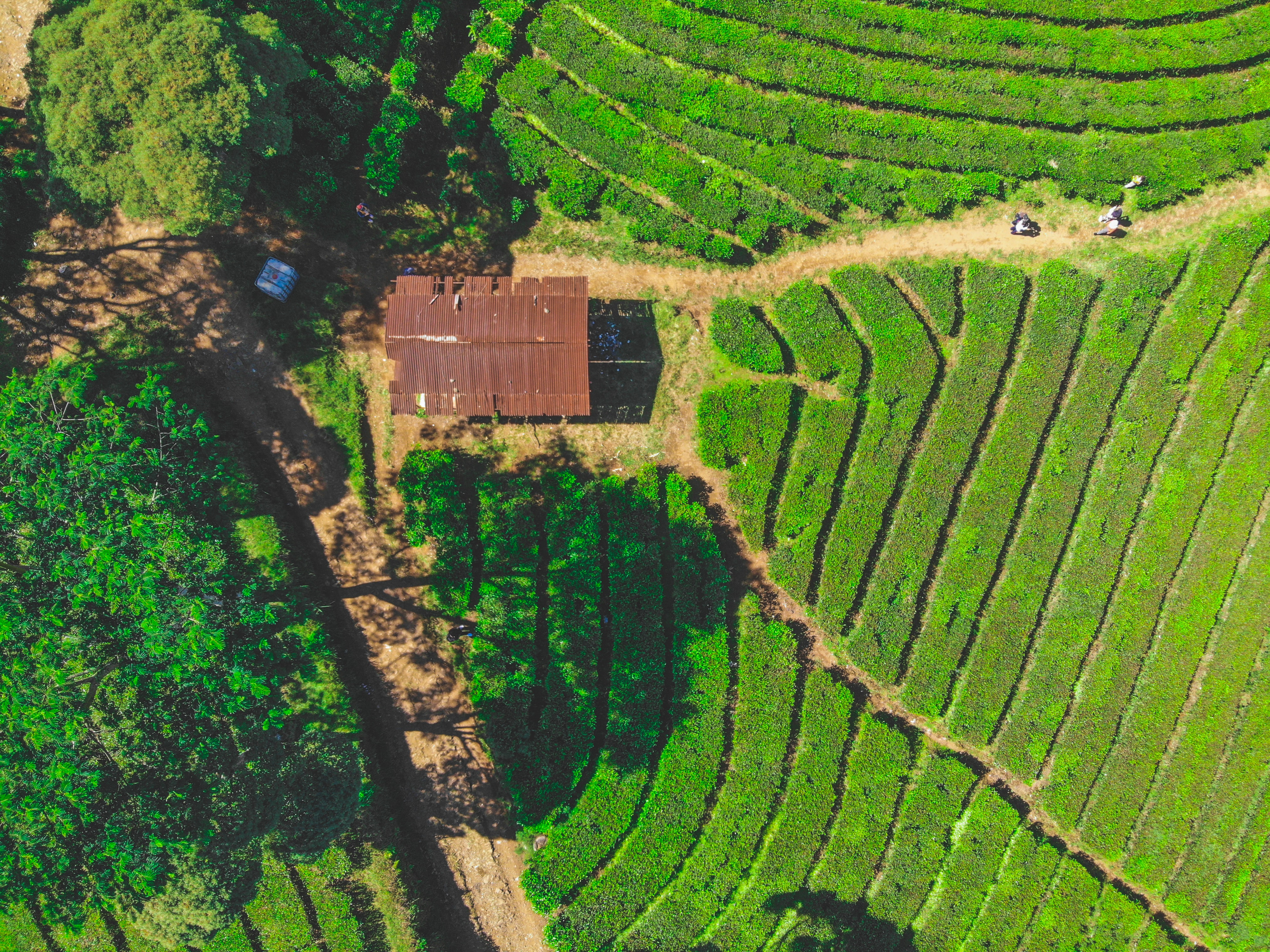 Photo by Devon Daniel on Unsplash
Photo by Devon Daniel on UnsplashModeling coupled human and natural systems with agent-based simulations
We developed a dynamic and spatially explicit Agent-Based Model (ABM).
ABMs are increasingly used in land science research to better understand coupled human and natural systems (CHANSs), including particularly feedback relationships among social agents as well as between social agents and environmental entities.
Using a bottom-up approch, ABMs simulate heterogeneous social agents performing multi-scale interactions in a holistic system. Such interactions involve various characteristics: self-organization, nonlinearity, adaptation, learning, time lags, etc. (Liu et al., 2007).
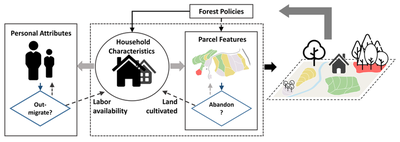
ABMs have the flexibility to integrate geographic information system data and platforms. The integration enables the establishment of spatial linkages among subsystems of a complex system and spatially explicit exploration of interactions between them. Human decision-making is critical for simulating processes in the social dimensions.
Complexity theory and the core features of complex systems support the theoretical fundamentals of ABMs. ABMs are built by invoking the mainstream of aggregate complexity (Manson, 2001). It focuses on how a complex system as a holistic substance at a higher level emerges from multiscale interactions among local entities at lower levels.
A core characteristic related to emergence is self-organization. Self-organization means that the rather strong yet sufficiently flexible relationships among agents can make the complex system adapt to environmental change. The idea of complex adaptive systems evolves with prototypical examples of ecosystems that encompass the complex interactions within the systems, i.e., biocomplexity. Studies on such complex systems emphasize the important role of social agents in the human system. Social agents including such as people can learn from and adapt to environmental changes, resulting in nonlinear system dynamics with distinct features such as feedback loops, resilience, and heterogeneity. See examples in Zhang et al. 2022a and Zhang et al. 2022b.
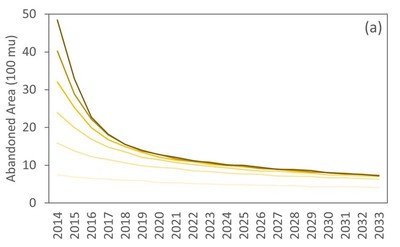
Interdisciplinary studies of CHANSs leverage ABMs to advance understanding of system complexity and address the causes and consequences of environmental dynamics. The efforts are often approached from the view of land use and land cover change, or LULCC. Human decision-making is a key component for land-use simulations with ABMs. The development of such ABMs should incorporate theories from multiple disciplines (e.g., economics & social science) that can explain human behavior and interactions. See detailed discussion in this review paper by Groeneveld et al. (2017).
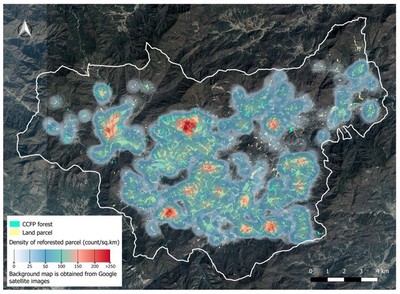
Agent-Based Model for Cropland Abandonment and Labor Migration (ABM-CALM)
- Exemplified topic: land use constraint for agricultural preservation
- Programming: Python 3.7
- Environment: Longleaf (UNC) & Shared Computing Cluster (BU)
- Source codes can be available upon reasonable request
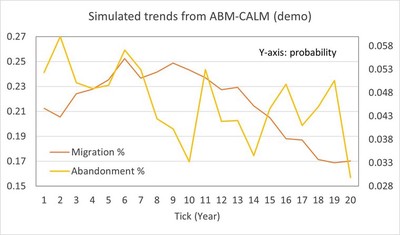
Acknowledgements
- Co-authors who helped with model verfication and validation
- Srikanta Sannigrahi, Thomas Bilintoh, Rui Zhang, Bo Xiong, Shiqi Tao
- Collaborators and students in Anhui Agricultural University who helped with household and community surveys and survey data cleaning
- Funding sources
- National Science Foundation (PI: Conghe Song)
- National Institute of Health (PI: Richard Bilsborrow)
- Matthew J. Burbank Summer Research Fellowship (UNC) (PI: Qi Zhang)
- American Association of Geographers (PI: Qi Zhang)
The model, ABM-CALM, is developed using Python 3.6. The model has been tested and maintained in the Shared Computing Cluster at Boston University and the Longleaf cluster at the University of North Carolina at Chapel Hill. Codes are available at https://github.com/qzgeog/abmcalm/.
References:
- Methodology and application of ABM-CALM (Zhang et al. 2022a)
- Constrained cropland-use decisions (Zhang et al. 2022b)
Author: Qi Zhang
Updated: December 2022